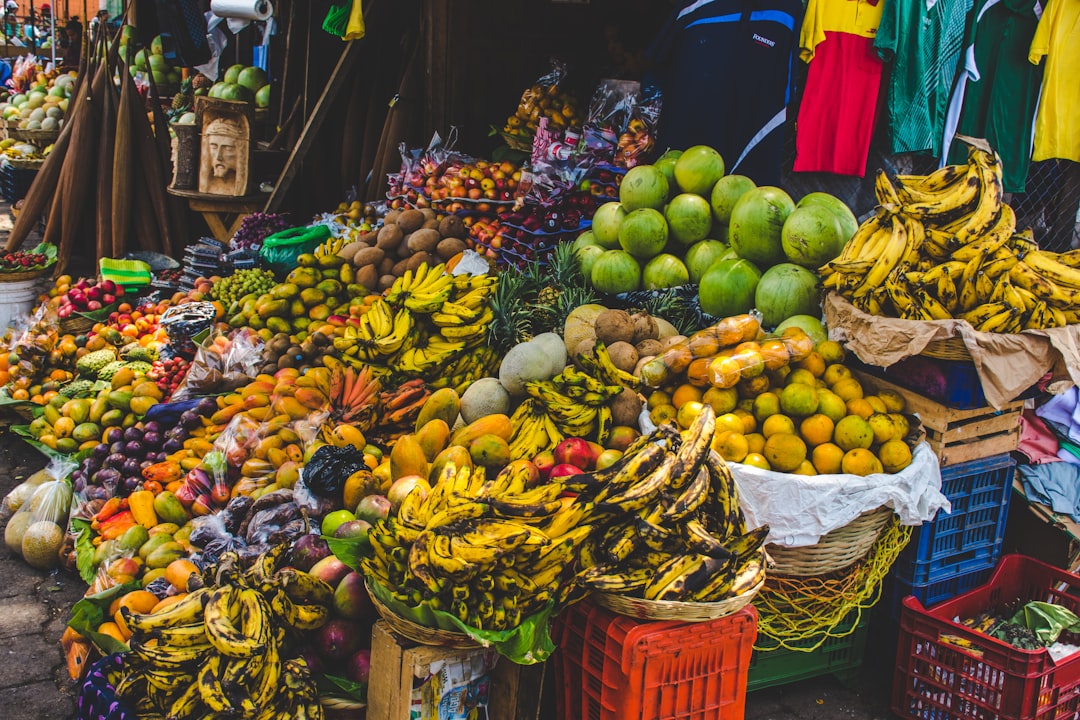What is it about?
The Article first analyzes the Brazilian position in the global carbon cycle and public policies since 2005, including the progressive shift in 2009 and the contradictory dynamic in 2010-2012. It then analyzes the potential for a transition to a low-carbon economy in Brazil and the impact on global climate governance.
Featured Image
Why is it important?
In the five-year period 2005-2009, Brazil dramatically reduced carbon emissions by about twenty-five percent and at the same time maintained a stable economic growth rate of 3.5% annually. This combination of economic growth and emissions reduction is unique in the world. It was driven by a dramatic reduction in deforestation in the Amazonian forest and the Cerrado Savannah. This shift empowered the sustainability social forces in Brazil to the point that in December 2009 Congress passed a very progressive law internalizing carbon constraints and promoting the transition to a low-carbon economy.
Perspectives
There are two new big questions from 2012 to the near future. The first is how big the new climate policy’s implementation gap will be. The second is how long Brazil will maintain the recently created imbalance between the domestic climate policy with its reduction targets and the alliance with the more conservative emerging powers like China, Russia and India. Given the interests and relative power of the different economic sectors and the dynamics of public opinion, that imbalance probably will not last long and the Brazilian position will tend to converge with the more advanced European Union, Japan and South Korea.
Professor Eduardo Viola
University of Brasilia
Read the Original
This page is a summary of: Transformations in Brazilian Deforestation and Climate Policy Since 2005, Theoretical Inquiries in Law, January 2013, De Gruyter,
DOI: 10.1515/til-2013-007.
You can read the full text:
Resources
Contributors
The following have contributed to this page










